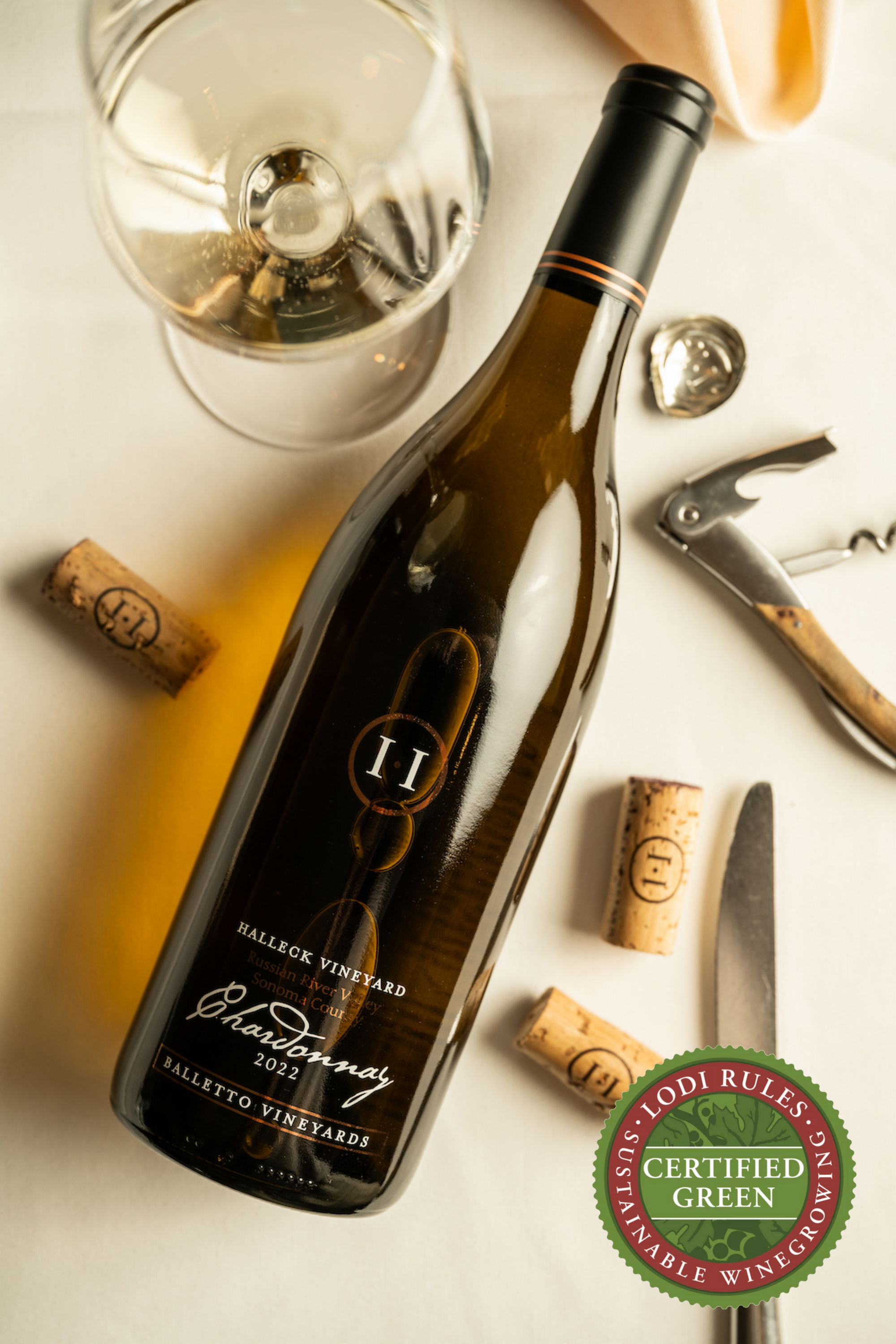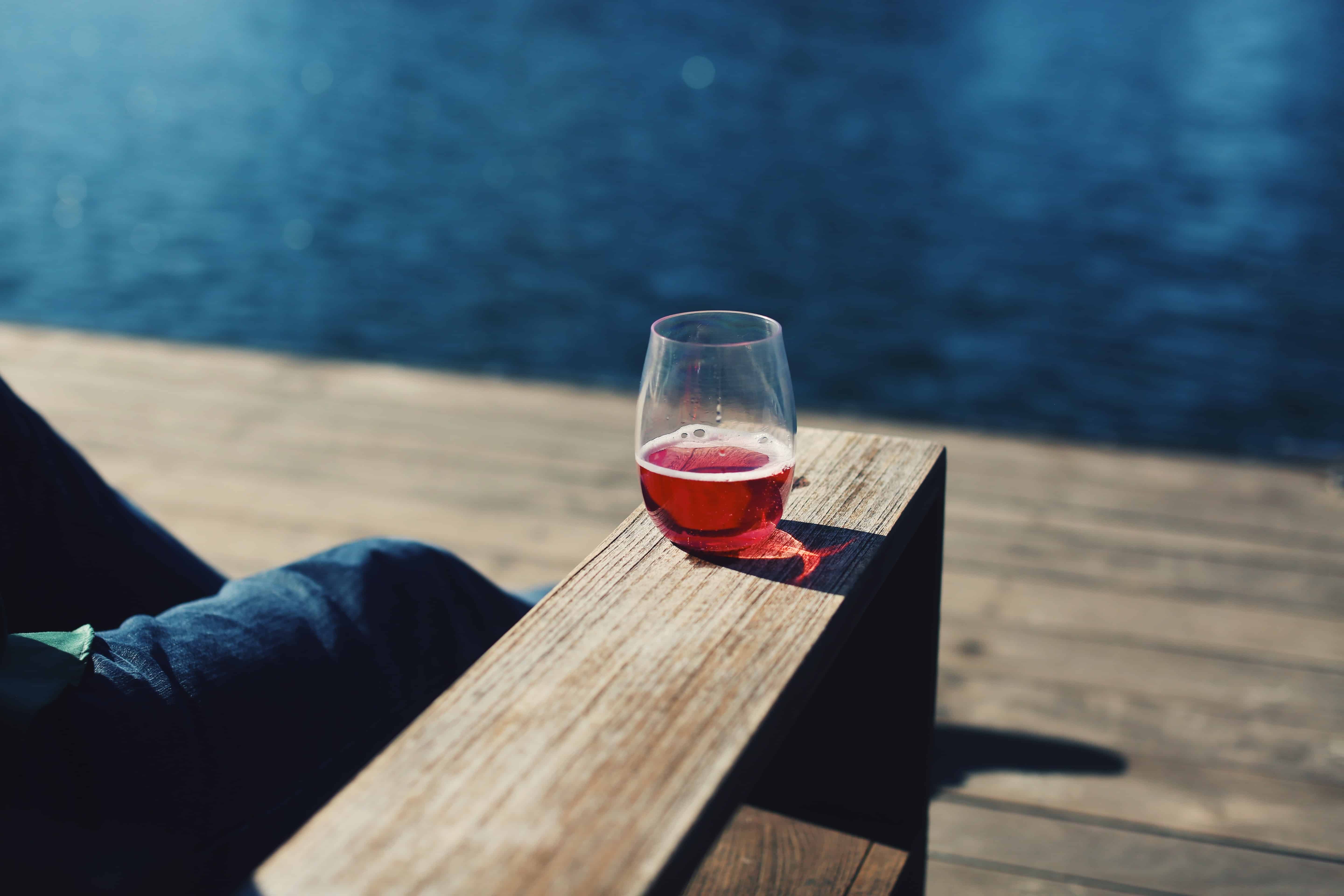Wineries With A Focus On Syrah - Sonoma Wine Region Vineyards
Wineries Known For Their Hospitality - Best Winery In Sonoma For Quality Wine
Wine tasting is an art that combines sensory experience with an appreciation for the nuances of different varietals. How to gauge flavors in winery wine tasting periods is pivotal to greedy the complexities of wine.
Partaking in a wine tasting includes more than simply sipping and savoring. It requires a focused approach to identify aromas and flavors that every wine presents. As you start, observe the wine's look, noting its shade and readability. These visual cues usually counsel a wine’s age, grape selection, and even potential flavor profiles.
The subsequent step in the tasting process is to swirl the wine in your glass. This motion releases fragrant compounds which may be vital for analysis. Lean in and take a moment to inhale deeply; the aromas can range from floral and fruity to spicy and earthy. The nose of the wine is just as essential as the palate, and recognizing scents performs a major position in understanding the overall experience.
When taking your first sip, allow the wine to maneuver throughout your palate - Wineries Located Near Russian River Valley. Notice the initial flavors that present themselves. Is the wine fruity, floral, or maybe herbaceous? This preliminary style provides insight into what the wine is likely to express as you proceed to evaluate it. The mouthfeel additionally contributes to the general flavor experience; it can be silky, tannic, or even effervescent.
Innovative Wine-Making Techniques In Sonoma Valley - Finding Good Wineries For Wine Tasting
As you proceed tasting, take note of the wine’s balance. A well-balanced wine will harmonize acidity, sweetness, and tannins. If one part overwhelms the others, it'd indicate a less desirable quality. Evaluating stability may help you establish how nicely the wine might pair with food.
Transitioning to the finish, think about how the flavors evolve as the wine lingers on your palate. A lengthy, pleasant end can indicate a high-quality wine, whereas a brief or abrupt end would possibly suggest otherwise. Replicate on whether or not the flavors stay constant or if new notes emerge as the wine settles. This development can reveal complexities and intricacies which may not have been apparent within the preliminary tasting.
Temperature is also a crucial factor in evaluating wine flavors. Totally Different types of wine are optimally enjoyed at specific temperatures. White wines usually shine when chilled, while red wines typically carry out greatest at room temperature. When tasting, ensure the wine is on the applicable temperature to fully recognize its character.
Wineries That Host Harvest Festivals - Vineyard Experiences In Sonoma
Pairing food with wine can tremendously improve the tasting experience. Meals can affect the perception of flavors in wine, either highlighting certain traits or diminishing them. When evaluating flavors, contemplate how the wine interacts with completely different meals, noticing which flavors are amplified or muted (Small Batch Wineries In Sonoma Valley).

Contemplate the influence of terroir as you engage in a winery tasting. Terroir encompasses the unique environmental components that have an result on grape growing, together with soil composition, climate, and geography. Understanding a wine's terroir can provide insight into its flavors and aromas, fostering a deeper appreciation for the alternatives made during its cultivation and manufacturing.
Education performs a fundamental role in enhancing one's capability to evaluate wine flavors. Studying about grape varieties, wine areas, and production strategies can pave the best way for extra knowledgeable judgments during tastings. Moreover, attending workshops or classes can refine sensory skills and expand your flavor vocabulary, enabling you to articulate tasting notes more successfully.

Lastly, it is essential to do not forget that evaluating wine flavors is a highly personal experience. Individual preferences and perceptions will invariably shape one’s tasting journey. Enjoyment must be at the forefront, with the evaluation process acting as a tool to reinforce understanding and appreciation rather than create rigid tips.
Wine Tasting Tours In Russian River Valley - Wine Tasting Experiences In Sebastopol
In conclusion, Related Site mastering the means to evaluate flavors in winery wine tasting periods entails a mixture of sensory engagement, information, and practice. By studying to establish aromas, assess the balance, and appreciate the intricacies of flavor, wine enthusiasts can deepen their connection to each bottle they encounter. As with any art type, the more one immerses themselves within the experience, the extra they will uncover and benefit from the vast world of wine.
- Begin by observing the wine's color and clarity, as these visual parts can hint at its flavor profile and getting older potential.
- Swirl the wine gently in your glass; this releases aromatic compounds, allowing you to better identify the complex scents associated with the wine.
- Take a deep inhale before tasting, focusing on both primary and secondary aromas to gather insights on fruits, spices, and other nuances.
- When tasting, allow the wine to coat your palate; note the initial flavors, the mid-palate complexity, and the finish as these stages can provide different flavor highlights.
- Pay attention to texture and mouthfeel, as aspects corresponding to tannin ranges, acidity, and sweetness contribute considerably to the general tasting experience.
- Examine flavors towards normal wine characteristics; for purple wines, consider berry notes, oak influence, and herbal tones, whereas whites could embody citrus, stone fruits, and floral hints.
- Take notes in the course of the tasting session to trace your impressions, serving to you to remember and consider the totally different wines sampled.
- Discuss your findings with fellow tasters or winery staff, as sharing insights can improve understanding and appreciation of particular person flavors.
- Permit time for the wine to breathe; typically, flavors evolve and reveal new dimensions after being exposed to air.
- Experiment with food pairings in the course of the tasting as they'll dramatically alter how flavors are perceived, influencing general enjoyment.undefinedWhat should I search for when evaluating the aroma of wine throughout a tasting?
Start by swirling the wine in your glass to release its aromas. Bring the glass to your nostril and take a deep breath. Pay consideration to the first scents you detect, as these are often probably the most outstanding. Look for fruit, floral, herbal, or earthy notes and attempt to determine specific characteristics, which is able to deepen your understanding of the wine's complexity.
Wineries With Picnic Areas - Sonoma Wine Tasting Adventures

How can I distinguish between completely different flavor profiles in wine?
Perceive that flavor profiles are often categorized as fruit, floral, herbaceous, spicy, or mineral. Take small sips and permit the wine to coat your palate. Discover the primary flavors that emerge first and the refined notes that observe. This layering is essential in distinguishing the wine's traits and can assist you to appreciate its distinctive profile.
Wineries Near Santa Rosa - Sonoma's Finest Wineries
What is the importance of the wine's texture in a tasting?

The texture of the wine, also referred to as mouthfeel, performs a crucial function in how we perceive flavors. Pay consideration to whether the wine feels clean, creamy, or gritty. The physique of the wine (light, medium, or full) can enhance or distinction with flavors, providing a more rounded experience throughout tasting.
How do I assess the balance of flavors in wine?
Stability in wine refers again to the harmony between acidity, sweetness, tannin, and alcohol. Take a second to evaluate whether these parts complement or intervene with one another. A well-balanced wine may have none of its parts overpowering the others, creating a pleasant tasting experience.
Wineries In Dry Creek Valley - Wine Tasting Experiences In Sebastopol
What role does temperature play in evaluating wine flavors?
Temperature can considerably impact the notion of flavors. Generally, pink wines are best served barely below room temperature, whereas white wines benefit from being chilled. As the temperature modifications, the aromas and flavors can shift, permitting you to perceive completely different characteristics. It’s important to taste wine at its optimal temperature for true analysis.
Wineries With Breathtaking Gardens In Sonoma - Vineyard Tasting Events In Sonoma County
How can I enhance my tasting skills over time?
Practice is vital to bettering your tasting skills. Popular Wineries With Outdoor Seating In Sonoma. Attend tastings, maintain a journal of your experiences, and discover various kinds of wines to broaden your palate. Additionally, studying about wine production and grape varieties can provide context that enhances your analysis course of, making you a more knowledgeable taster.
Is there a particular order in which I ought to style the wines?
Intimate Wine Tasting Experiences In Sonoma - Wineries In The Sebastopol Region
Sure, it’s advisable to taste continue reading this wines from light to full-bodied and dry to candy. This development prevents the stronger flavors from overshadowing the more delicate ones, allowing you to completely recognize each wine's characteristics and nuances with out palate fatigue.
How can I evaluate the aftertaste of wine?
Hidden Gem Wineries In Sonoma County - Wine Tasting Experiences In Sonoma Valley
The aftertaste, or finish, is an important side of the wine-tasting experience. After swallowing, pay consideration to how lengthy the flavors linger in your palate and whether or not they change. A lengthy, pleasant finish is often an indicator of a high-quality wine, while a brief or unpleasant finish could counsel in any other case.
Why is it essential to notice the wine’s acidity throughout tasting?
Acidity contributes to the overall freshness and structure of the wine. Pay consideration to the tingling sensation in your tongue; greater acidity can enhance the wine's liveliness and balance out sweetness. Noting acidity helps decide the wine's versatility with food and its getting older potential.
What ought to I do if I struggle to establish particular flavors in wine?
Interactive Wine Tasting Experiences In Sonoma - A Guide To Sonoma Wineries
Struggling to establish flavors is common, particularly for beginners. Focus on broader categories and describe what you can acknowledge, corresponding to sweet or earthy notes. With practice, reading about different flavor profiles, and perhaps using flavor wheels, you will refine your senses and develop a more nuanced method to tasting.